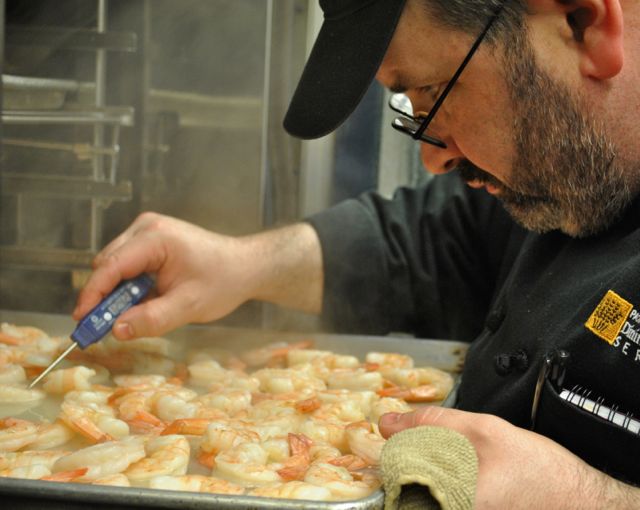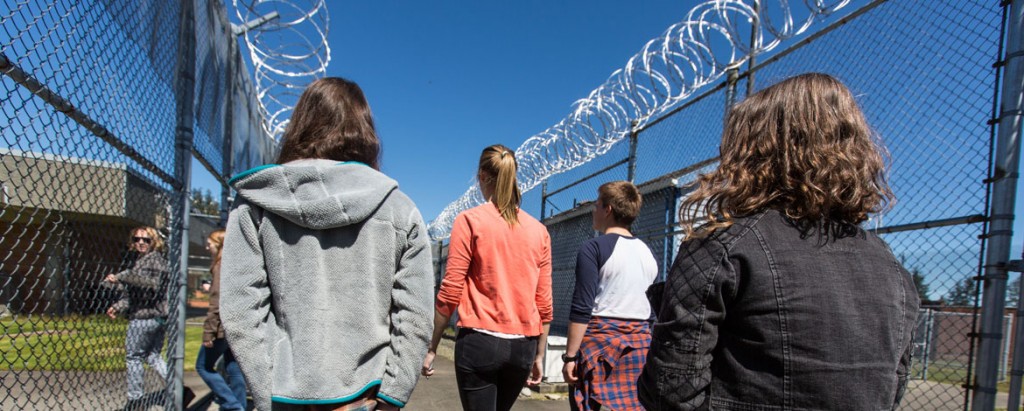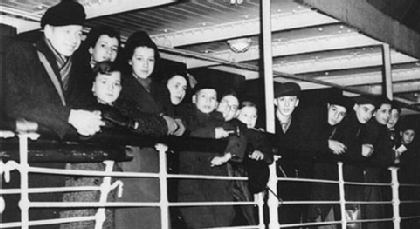Page 236 • (3,683 results in 0.044 seconds)
-

August 10, 2011 The renovation to the Tower Chapel, now known as The Ness Family Chapel, will begin in 2012. (Photo by John Froschauer) The PLU ‘Imaginarium’ By Chris Albert With continuing construction and updates at the Karen Hille Phillips Center for the Performing Arts, PLU is quickly becoming the home of the premier theater venue in the South Sound. This year, Phase II construction will begin on the center, which will include work on Eastvold Auditorium and the renamed Ness Family Chapel
-

process this experience and that yes, we actually here in the land of ice, penguins, seals, and whales. For now we are appreciating the opportunity to just be here and are trying, even now, to remind ourselves that that biting wind watering our eyes is Antarctic wind and those cute birds hopping around on rocks and snow are the residents of this land. Read Previous Ted Charles: first entry Read Next Joey Cheek turns world’s attention to Darfur COMMENTS*Note: All comments are moderated If the comments
-

January 22, 2013 PLU chef Erick Swenson ’91 checks on a tray of shrimp from the oven. Food For Thought By Katie Scaff ’13 Twenty years ago, you’d never find pav bhaji – a curry dish served on dinner rolls – alongside the burgers and fries in the University Commons – but a lot has changed in 20 years. Two decades ago Erick Swenson ’91 was a junior studying music at PLU. He’d eat dinner with fellow choir students at long industrial, cafeteria style tables that have since been replaced by smaller
-

October 21, 2014 MediaLab’s Newest Film Breaks Down the Food Equation MediaLab member Olivia Ash, left, conducts an interview in London while Taylor Lunka operates the camera. (Photo courtesy of MediaLab) ‘Waste Not’ premieres in Tacoma on Nov. 8 By Natalie DeFord ‘16 MediaLab TACOMA, Wash. (Oct. 23, 3014)—An estimated one-third of food produced in the world each year goes to waste, causing economic, energy and environmental losses of more than $750 billion annually, according to a 2013 United
-

school, a cohort model refers to a group of students who are attending school during the same period of time and are taking the same set of classes based on their academic program of study. Students learning in a cohort model start and finish their graduate program with the same students — making it possible for members to support one another and to make real connections and relationships with future and emerging industry leaders. What are the benefits of a grad school cohort model?When pursuing a
-

students how to cook — but everyone agrees it’s been a pretty tasty side effect.Munro, an associate professor of chemistry, intended the general education summer term course to appeal to students without a declared science major as a way to gain a lab experience and learn about her discipline through a fun, non-intimidating lens. “I was trying to think of how to do some sort of Gen-Ed course,” Munro said. “It was Thanksgiving, and I watched a lot of Great British Baking shows, and I was like, ‘Oh, we
-

Theater.Admission is free, and the event is open to the public. In producing the documentary, three MediaLab students, all Communication majors, spent more than a year exploring the topic of food waste and its many implications, and their hard work has been rewarded: Waste Not has received several national and international recognitions, including a 2015 first-place nomination from the National Broadcasting Society, a national second-place finish in the Broadcast Education Association’s Festival of Arts
-
December 1, 2009 Perspective – The view through safety goggles Folks around Rieke Science Center – and sometimes in other parts of campus when I’m running late for a meeting – often see me donning a certain accessory that is quintessential to chemists worldwide: safety goggles. We all wear them. Our laboratory students often complain that the goggles are uncomfortable or fog up during a frustrating lab day. But as a regular user through my years in research, I’m indebted to them for reasons
-

Lutes, local inmates share storytelling experience Posted by: Kari Plog / October 12, 2017 Image: Lutes make their way to a classroom at the Washington Corrections Center for Women in Gig Harbor on April 21, 2017. (Photo by John Froschauer/PLU) October 12, 2017 By Kari Plog '11PLU Marketing & CommunicationsTACOMA, WASH. (Oct. 13, 2017)- “We made a magazine!” Taryn Collis exclaimed to a group of Pacific Lutheran University students and several inmates at the Washington Corrections Center for
-

social service groups, Quakers and UK-based Jewish groups coalesced in a desperate, and successful attempt to rescue Jewish children from Germany, Austria, Czechoslovakia and Poland. And it was this rescue of 10,000 children between 1938 and 1940 that caught Laura Brade’s ’08, interest and imagination as she pondered the focus of her master’s thesis at Chapel Hill. http://www.youtube.com/watch?v=N2e2JHw8K2c Specifically, Brade, who is studying under Professor Chris Browning – a former history
Do you have any feedback for us? If so, feel free to use our Feedback Form.


